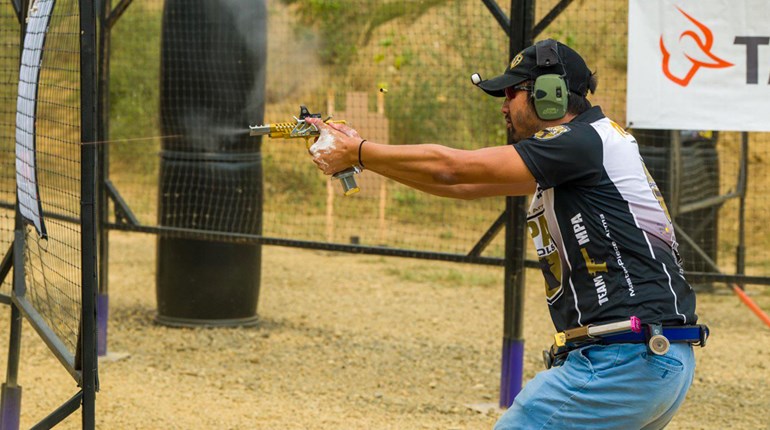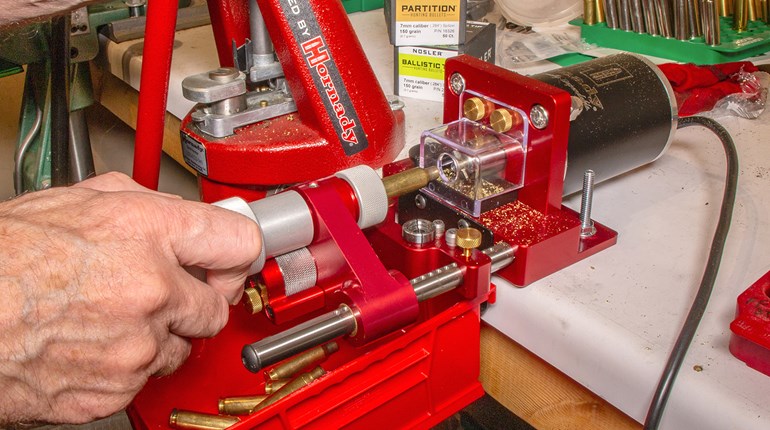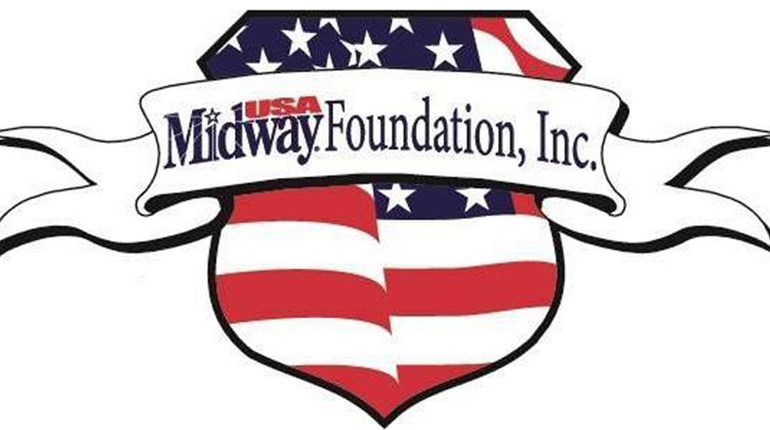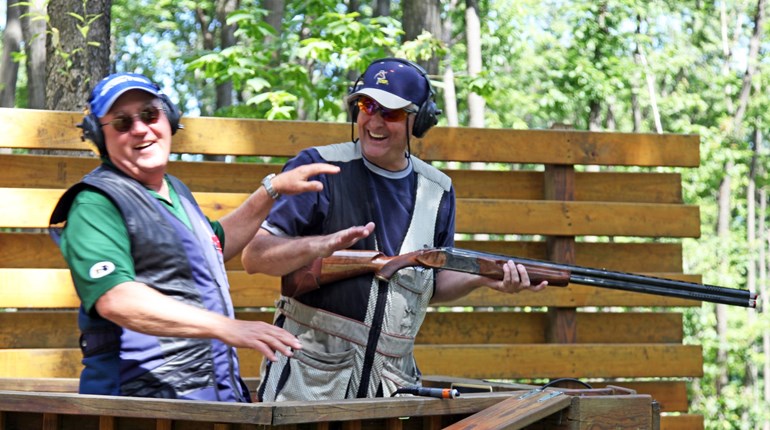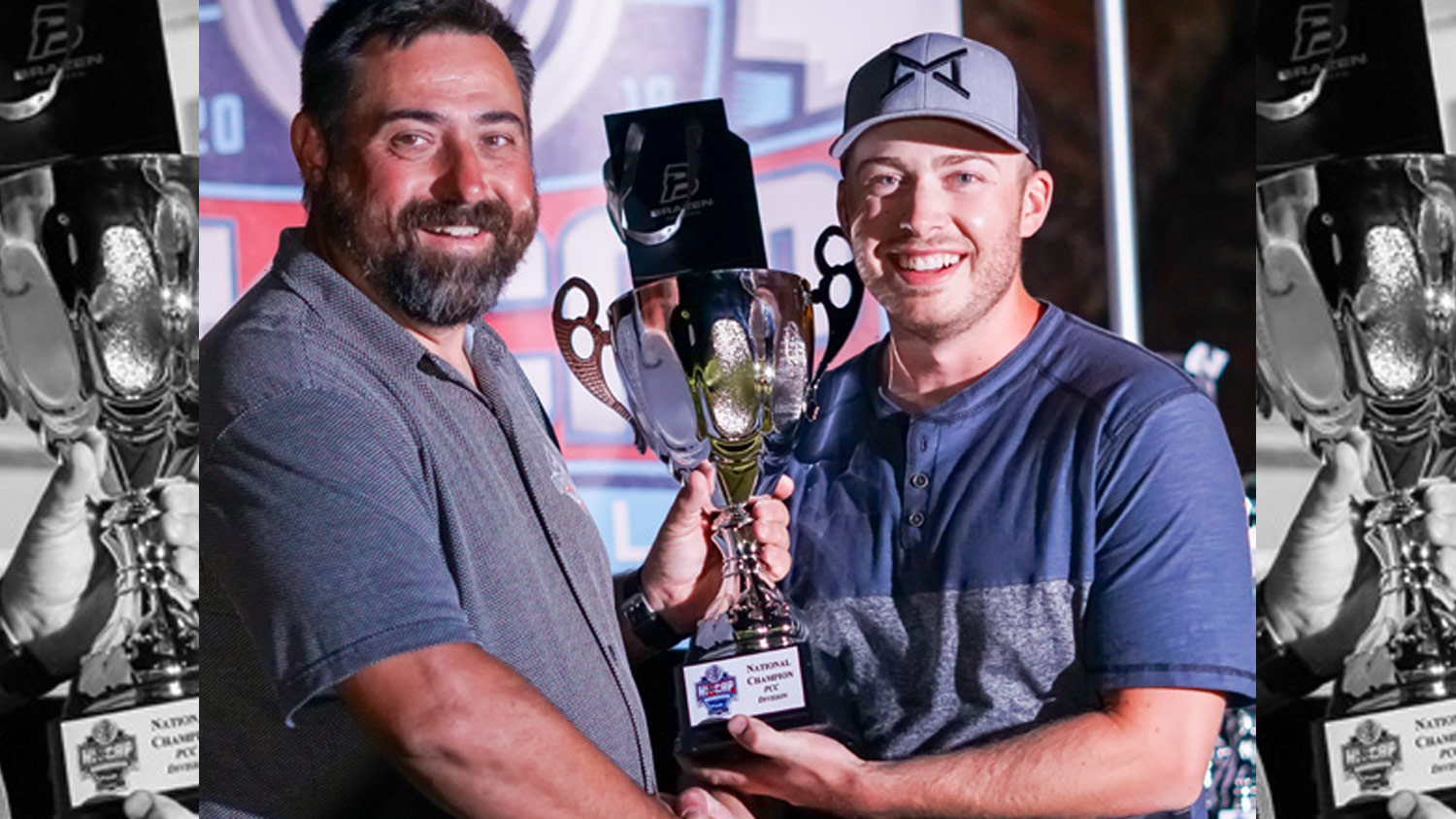
Max Leograndis recently captured his third USPSA PCC National Championship win at the 2019 “HiCap” match at Utah’s Southern Utah Practical Shooting Range. Max has been a dominant force in PCC competition since PCC competition became a “thing;” moreover, he has no intention of looking back. Learn more about this 25-year-old phenom after his triumph in Utah about the path that lead him to where he is—as well as the road ahead.
What age did you first shoot a gun? Who took you to the range first?
I was 15. My neighbor from across the street took me shooting back in 2009 when I was in my freshman year of high school. It was fun, but I wasn’t particularly interested in it until I discovered competitive shooting five years later. My first USPSA match was on my 21st birthday back in 2015.
Where do you call home?
I grew up in California but moved to Utah to join Tactical Performance Center in December of 2017. I left TPC in February 2019 and started my own training company.
You’re 25 currently. Are you in college? Do you work in the firearms industry?
I’m not currently in college, but did attend college in California for two and a half years where I studied physics.
Why did you start shooting in the PCC Division and what do you like most about it?
It’s easy (laughs)! It fits my laid-back style. Shooting a carbine just feels natural to me. When I first started shooting competitively, I shot quite a bit of 3-Gun and .223 carbine matches. I like the visual speed required to shoot PCC, and because you have so much control over the gun, you can shoot faster than any other division. I’m also a GM in Production, and I plan to start shooting Open alongside PCC in 2020.
What kind of PCC do you shoot? Do you have any sponsors?
I shoot a home-built PCC with a Brekke Custom modified bolt and custom compensator and extension. It features a Hiperfire Eclipse trigger, and I use a Holosun 512C—in my opinion it’s the best optic for PCC. I did win an MPX at Nationals, which I plan on experimenting with. I actually don’t have any official sponsorship deals with anyone right now, but Brekke Custom, Holosun Optics, Berry’s Bullets, Impact Ammo, House of Hearing, L.A.G. Tactical, Safariland, Quarter Circle 10 and Taran Tactical Innovations have all helped me have everything I needed to be ready for Nationals this year, and I’m very grateful.
Tell us about your practice routine and techniques that you use?
That really depends on the stage of match prep that I’m in—I don’t follow a regular practice schedule. So, for example, I was on the range several days a week in late May and early June leading up to the Extreme Euro Open match in the Czech Republic, but I hardly shot at all in July and August. I find that PCC skills don’t diminish very much for me during longer breaks. I can spend about a week tuning up, and I’ll be right back where I was—or even better. I don’t expect to be able to do that with Open, though, so my practice habits will likely be changing as I move into 2020.
During practice I focus on pushing the speed and making a lot of mistakes, then learning to how to fix those mistakes at speeds that I’m not yet comfortable with. As a big match gets closer, I will focus on control and execution to build consistency. I tend to set up stage-like scenarios more than drills when I do practice. Even when I am isolating a skill that needs improvement, I can take a section of a stage to work on that skill, rather than setting up a specific drill for it.
What do you from a physical training/workout perspective?
I mostly do weight lifting. It’s a huge help for explosive movements in our sport. I tend to focus on the “big three” lifts (bench press, deadlifts and squats). I’m not very consistent about cardio.
To what do you most attribute to your success?
A huge part of it was being in a position to shoot a lot early on in my shooting career. Even now I don’t work nine to five. The time to focus early on was critical to my success. My family was also very supportive, particularly my mom. I also use video a lot to analyze my performance, which has been extremely helpful.
What are the best tips you can share with an aspiring PCC shooter?
I would say study the top Open shooters and try to emulate how they break down efficiency in movement and stage planning. That was a big help for me. Focus on visual speed and learning to see more, and faster. Spend more time on the range and don’t be afraid to spend that time dry firing on the range where you have more room to move and experiment with ways of being more efficient.
In your opinion, why is PCC such a polarizing division within USPSA?
I think it’s trendy to make fun of PCC and PCC shooters, but people will get bored of it at some point. I think it’s pretty funny actually.
What are your future goals?
My immediate plans for the rest of this year are to win my remaining major matches and begin developing high value PCC and shooting content that will be available online. I want to hold more classes in the U.S. and internationally, but not overload myself with teaching. I definitely want to keep teaching enjoyable, with lots of focus on the students instead of burning out on the things that I enjoy doing. I want to defend my PCC title next April at the 2020 PCC Nationals. I also want to try to win Open division at the 2020 USPSA Nationals. That won’t be easy. It’s great that these two matches are separate this year. I also want to win the first PCC World Shoot in 2021. I know Eric Grauffel is planning on shooting this match, and I predict he will be the biggest competition at that match. I also want to qualify for the 2023 IPSC World Shoot team in Open. At some point I’d like to become a top competitor in 3-gun, but I’m waiting for the right opportunity to jump back in.
Article from the November/December 2019 issue of USPSA’s FrontSight magazine.













